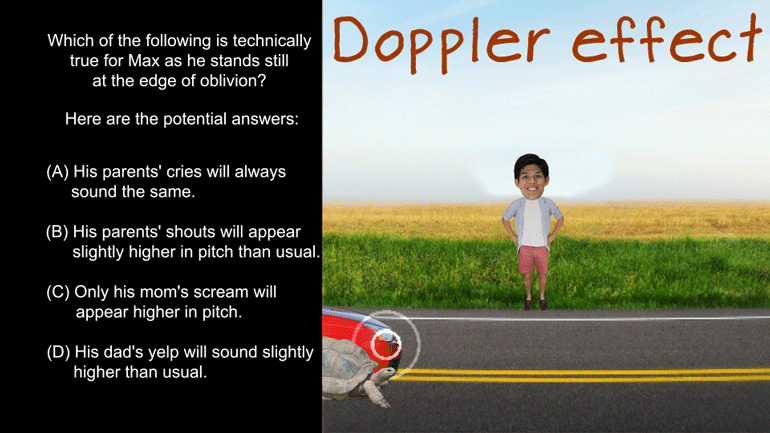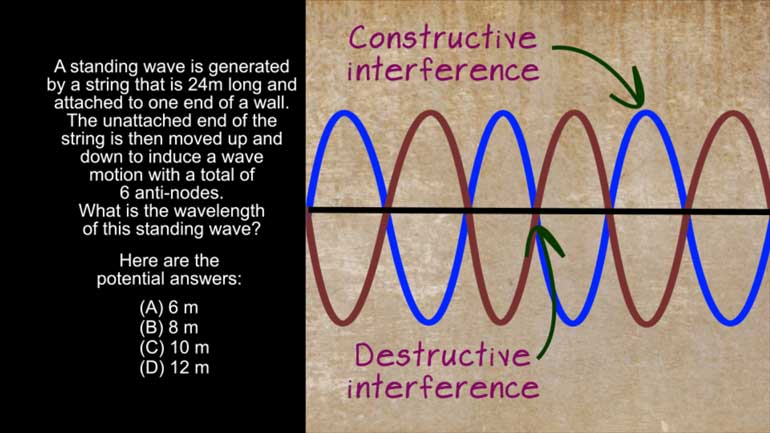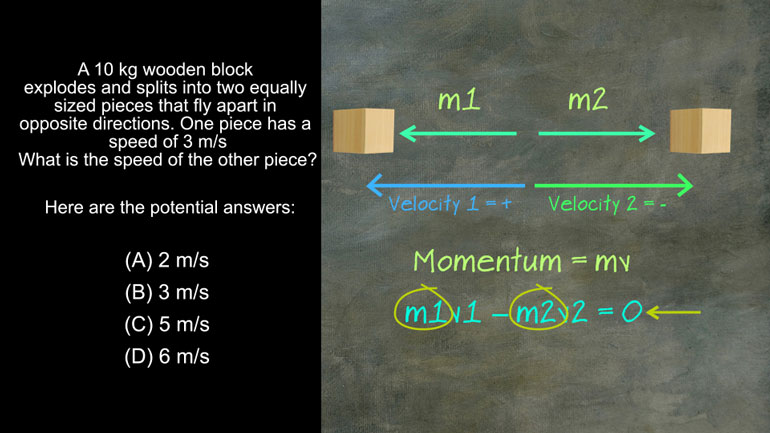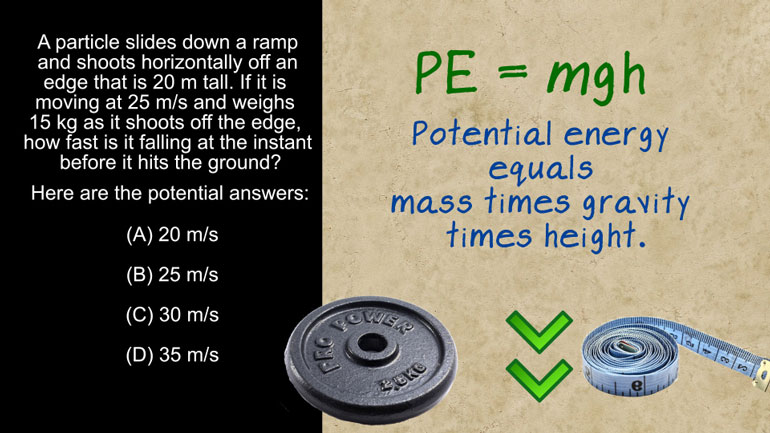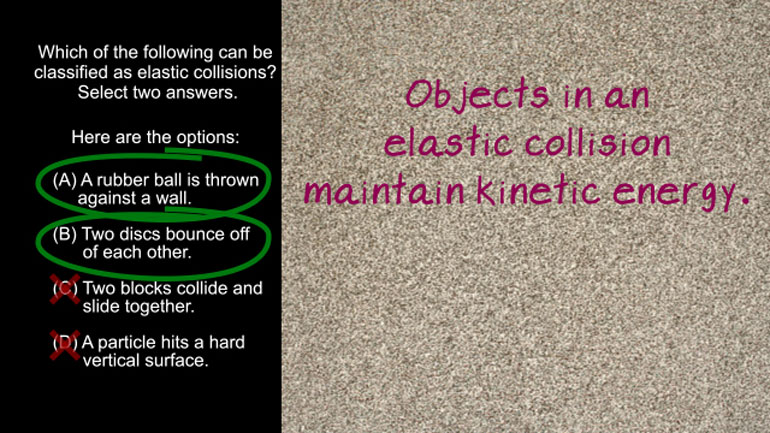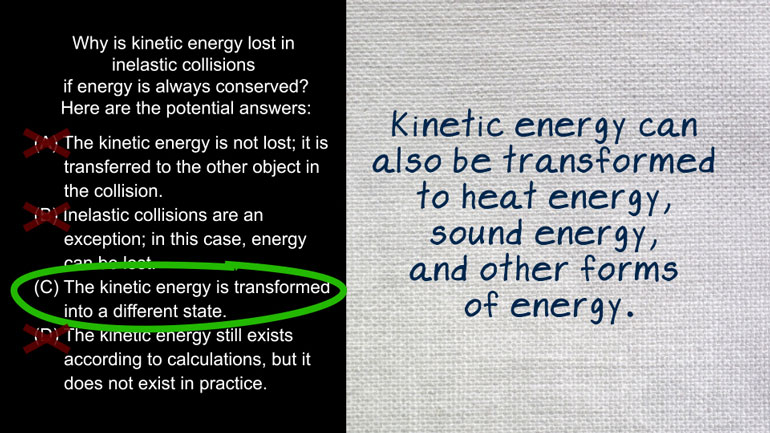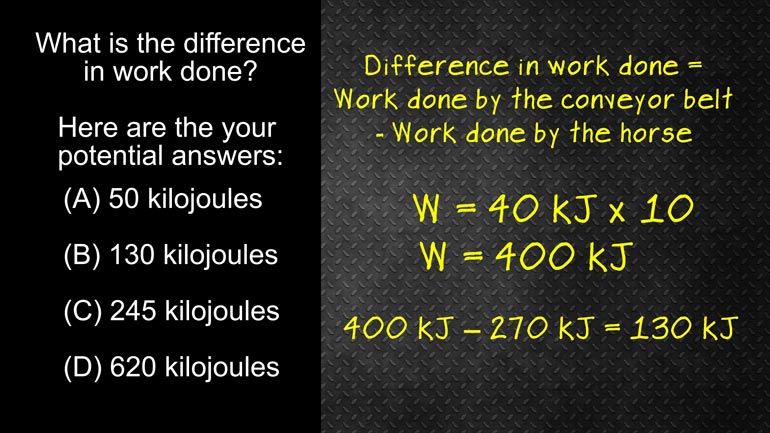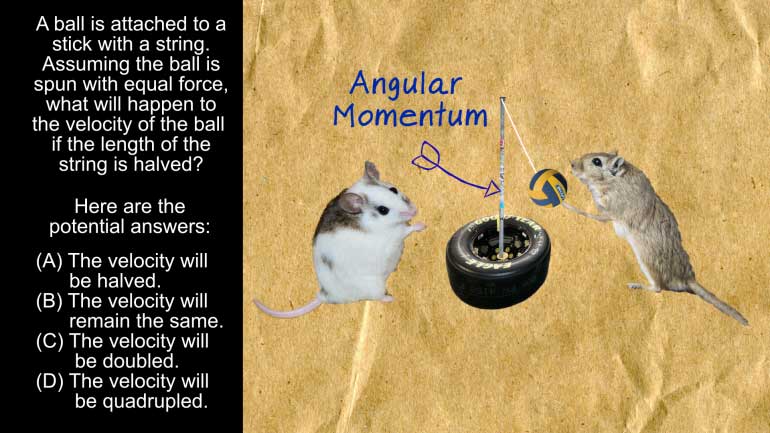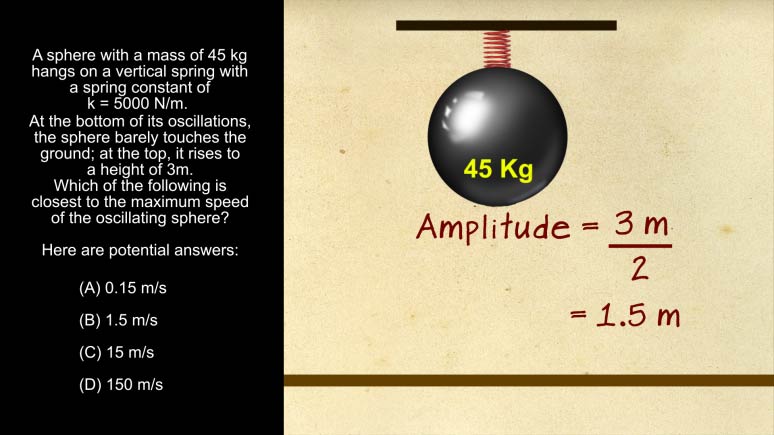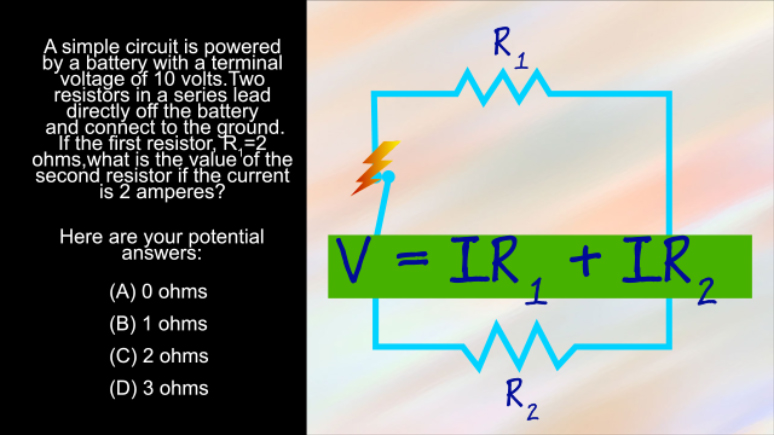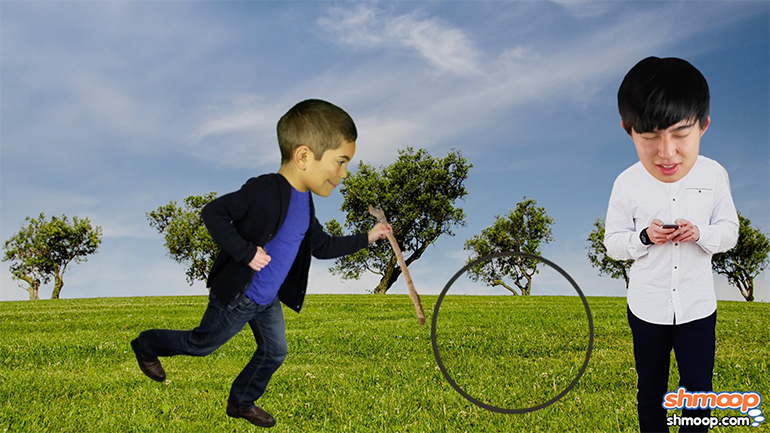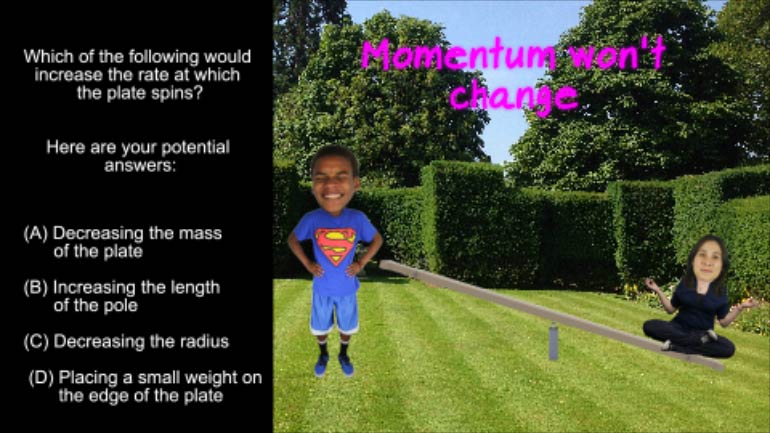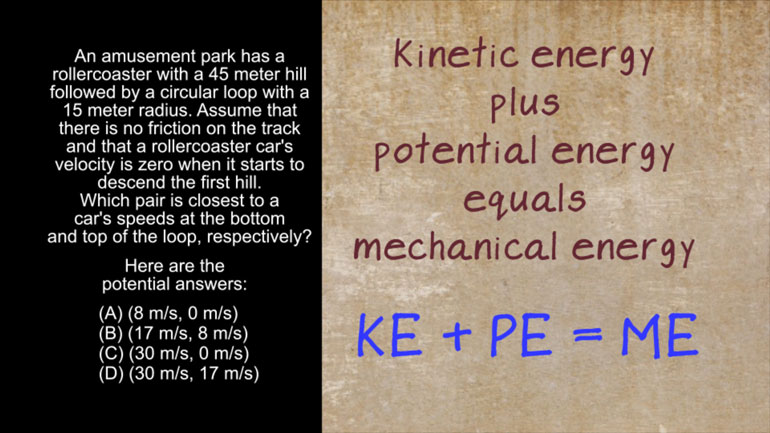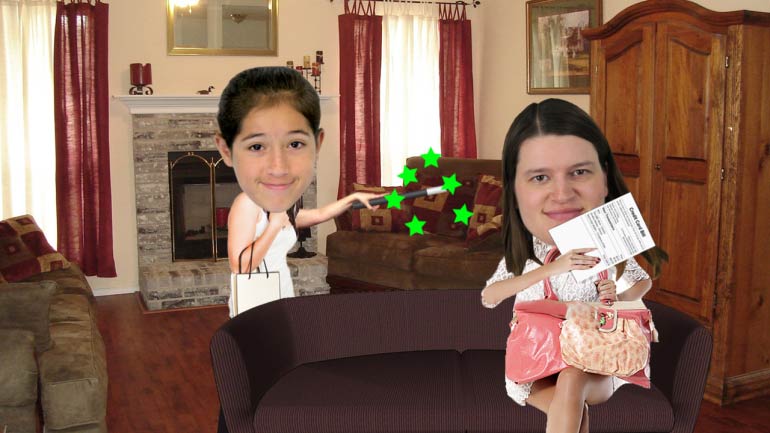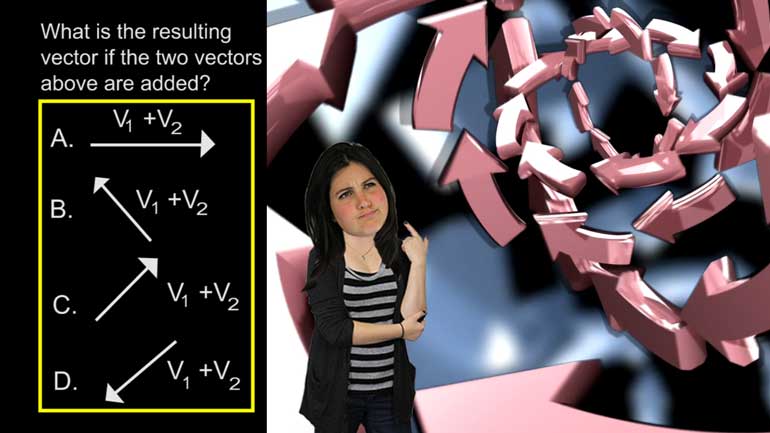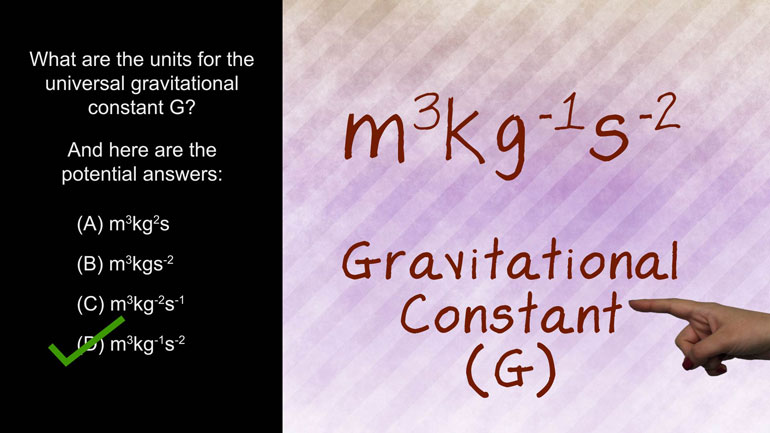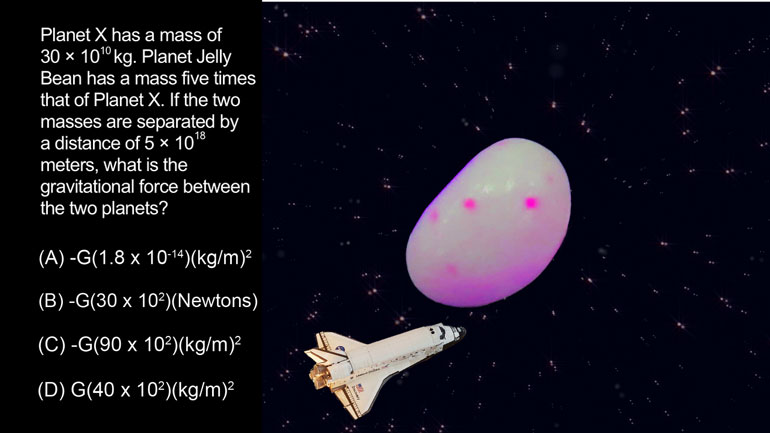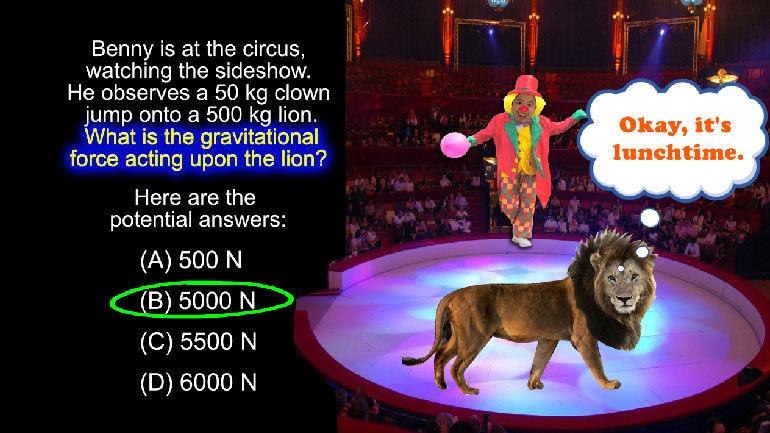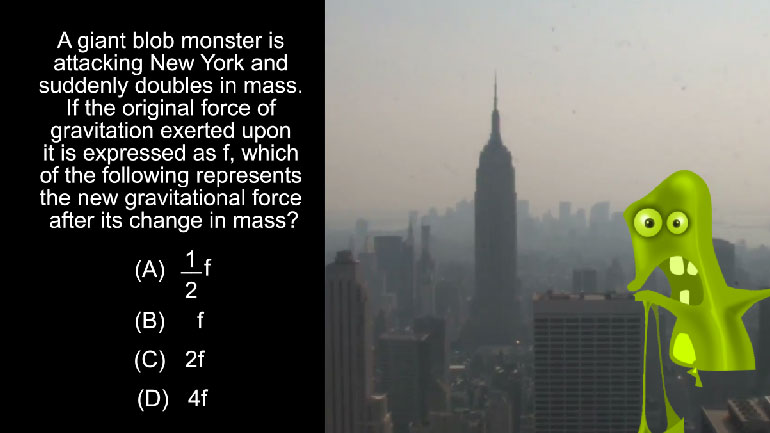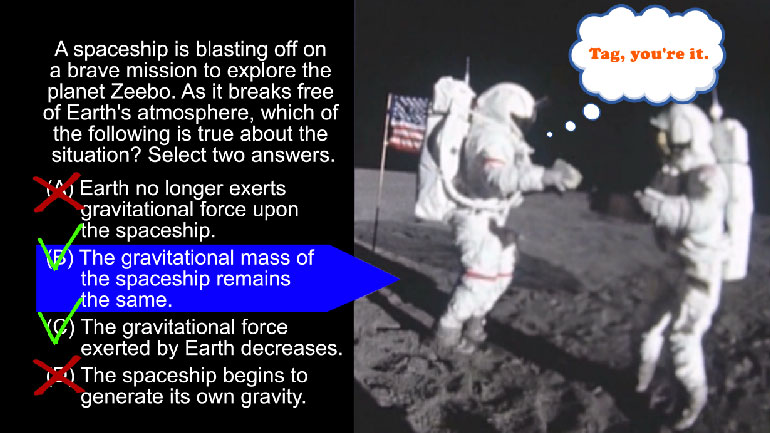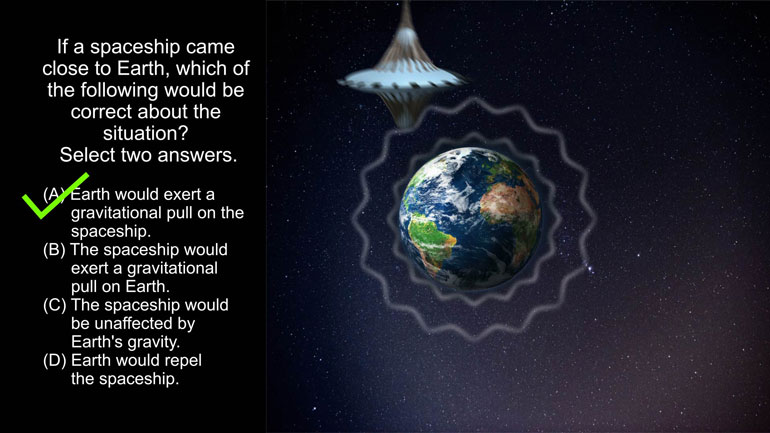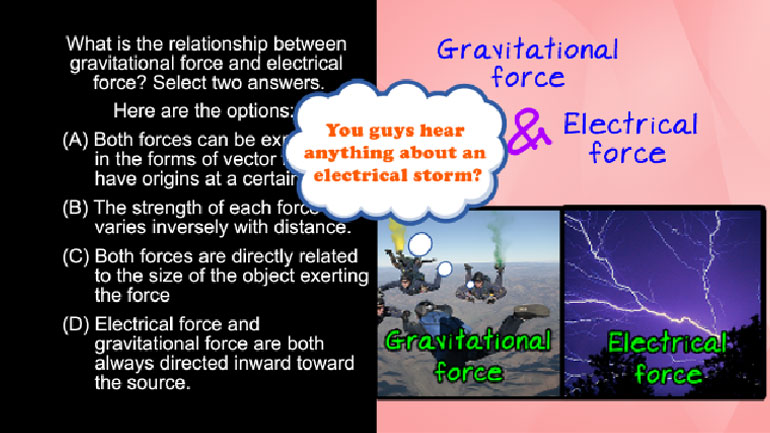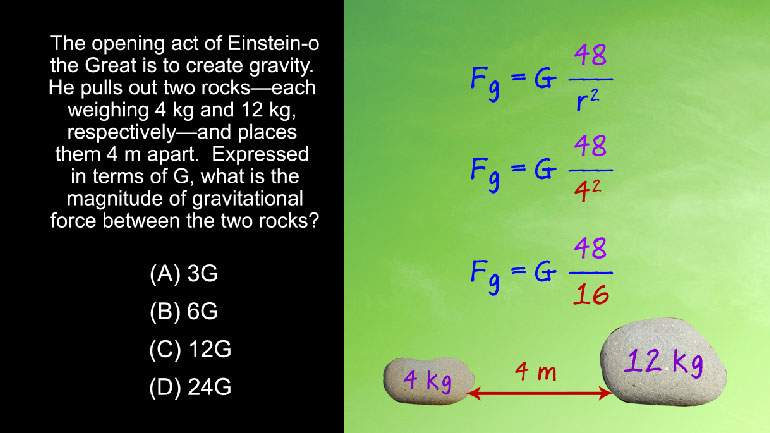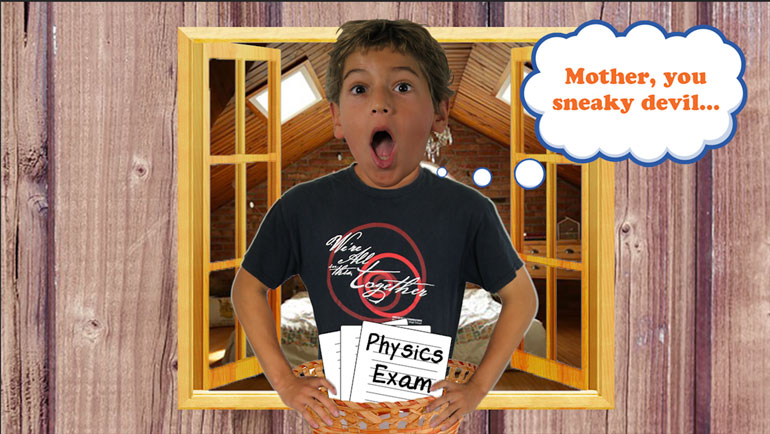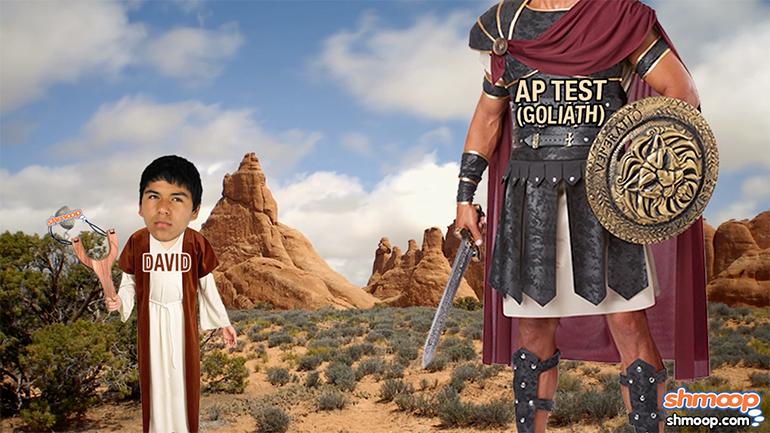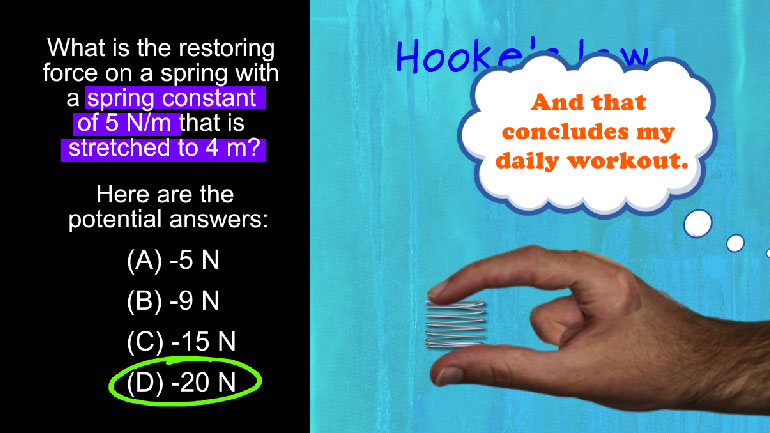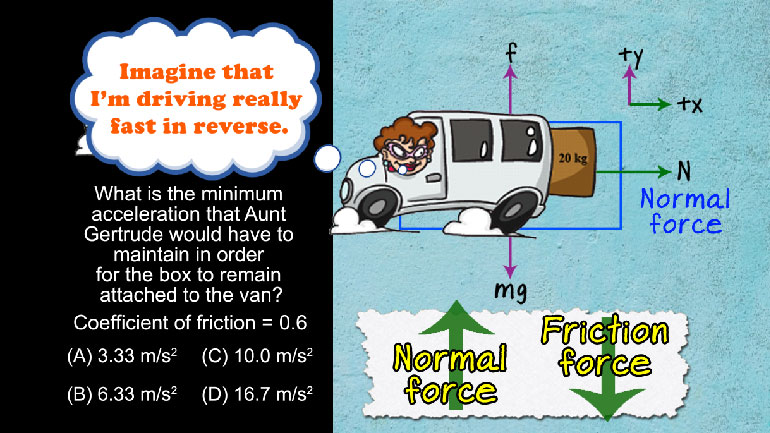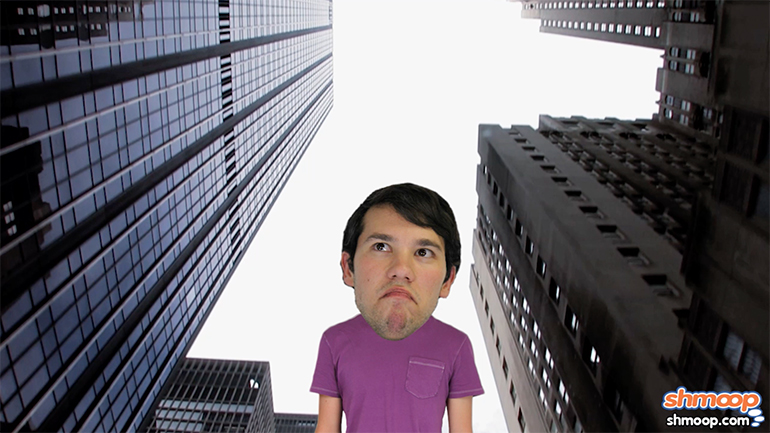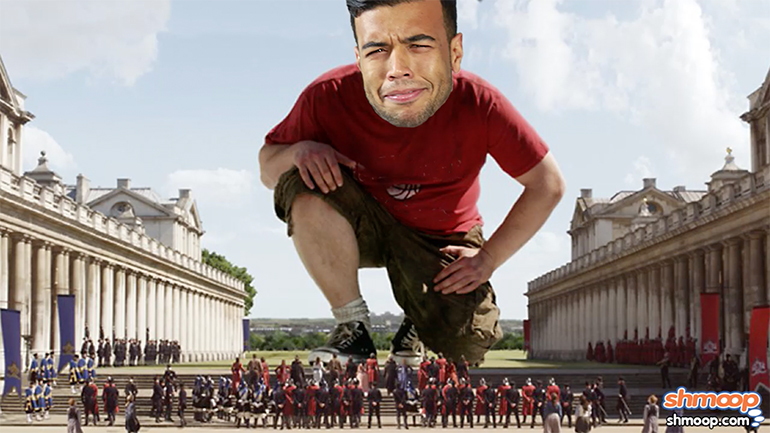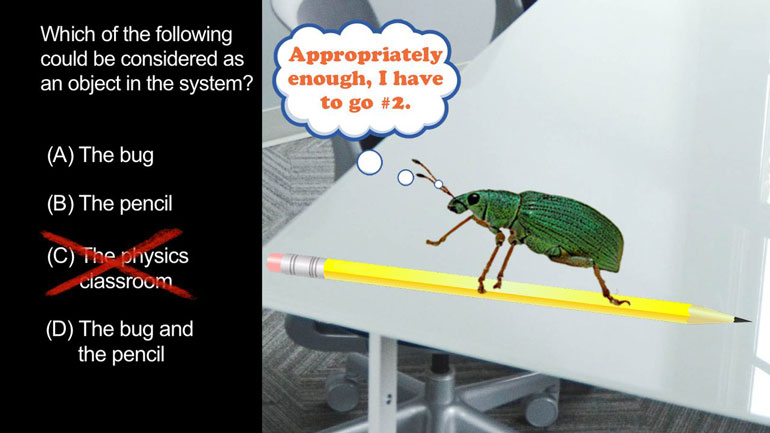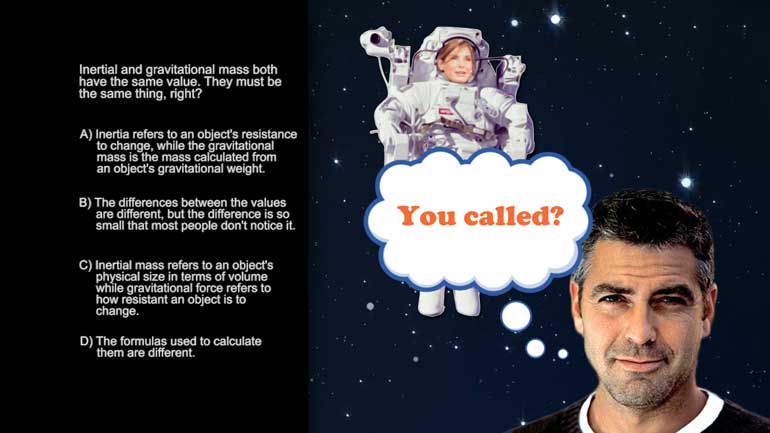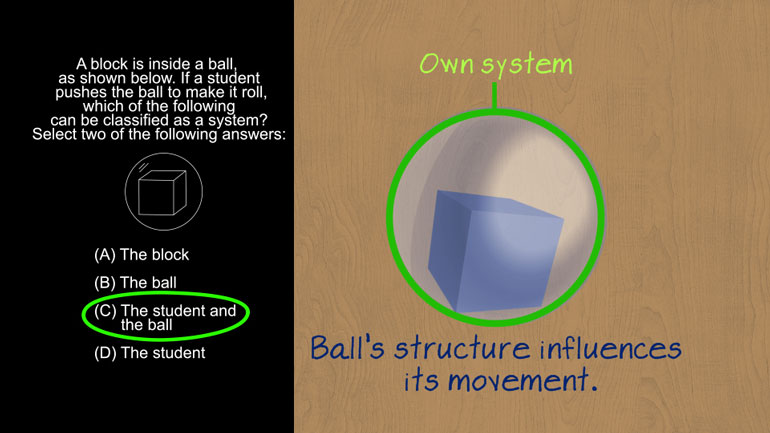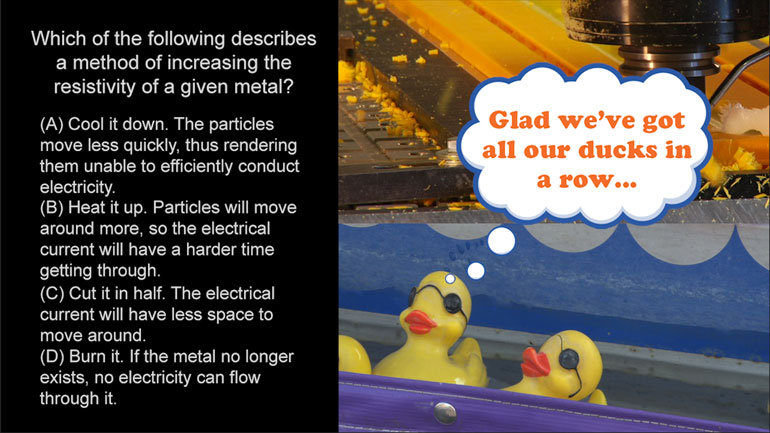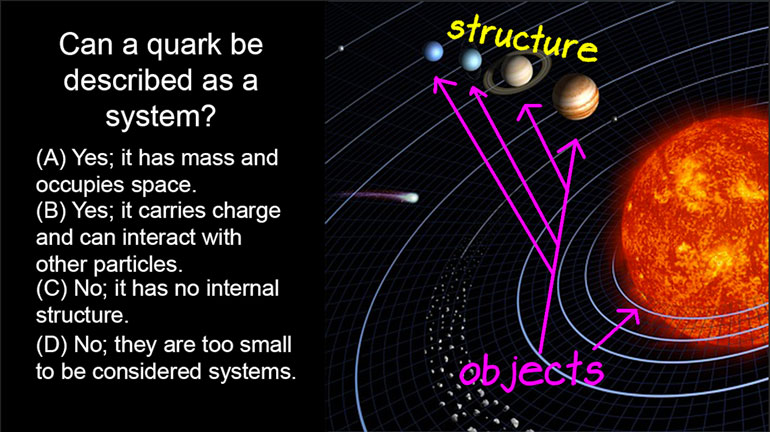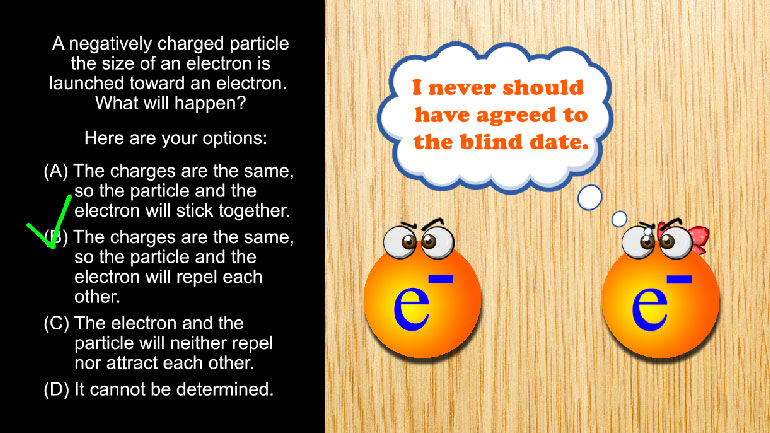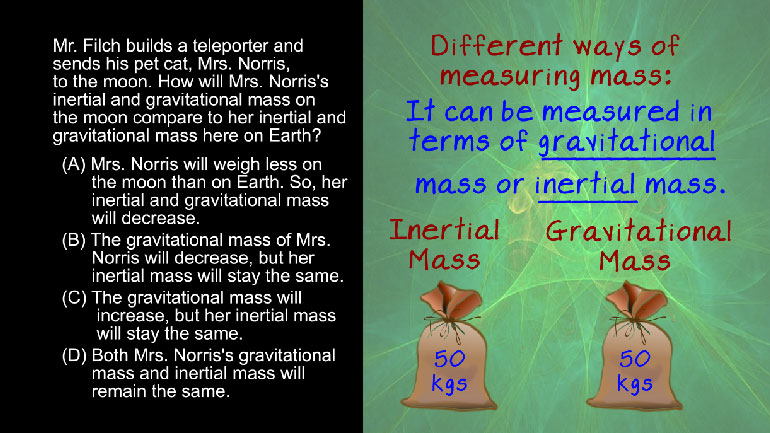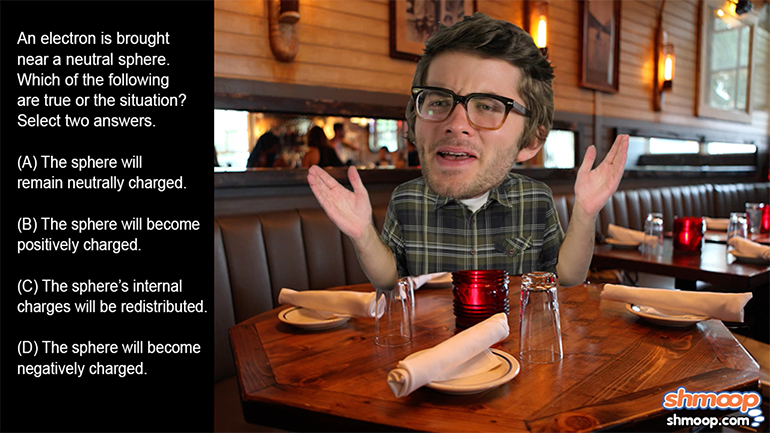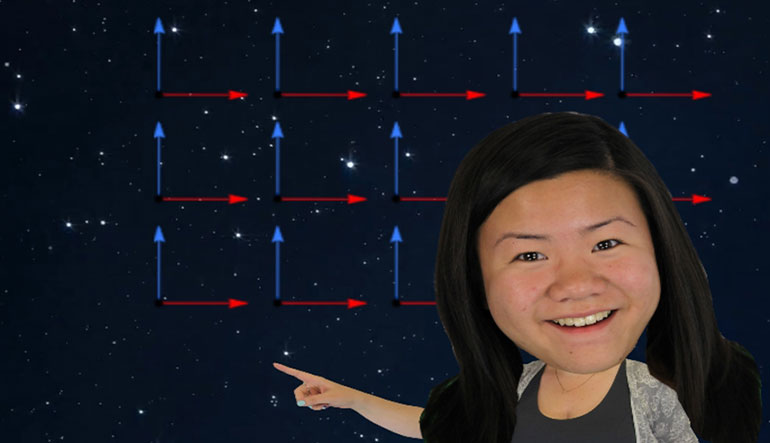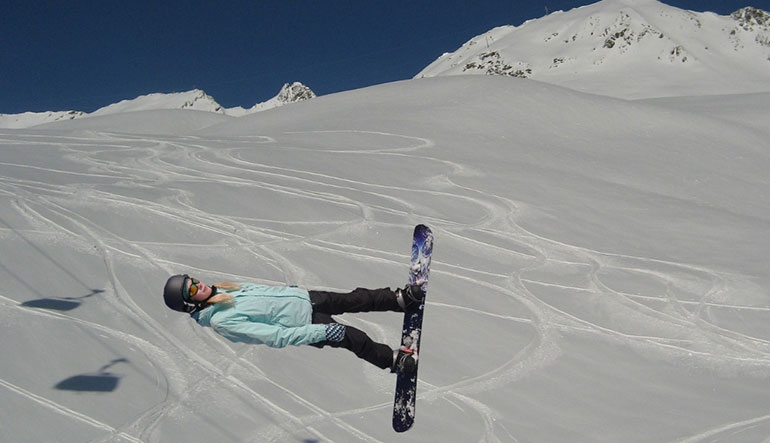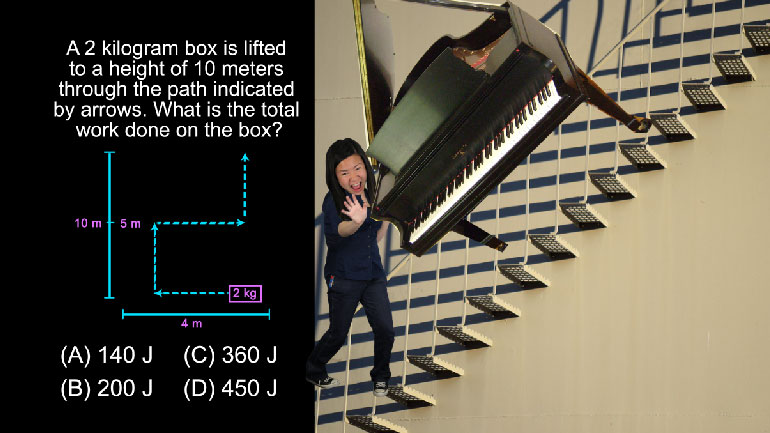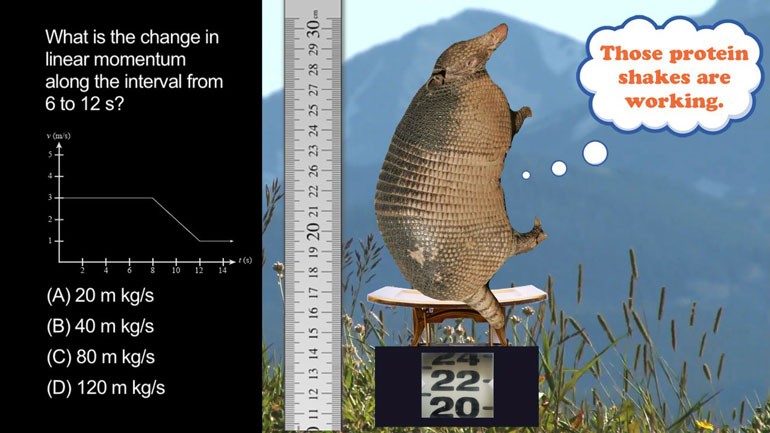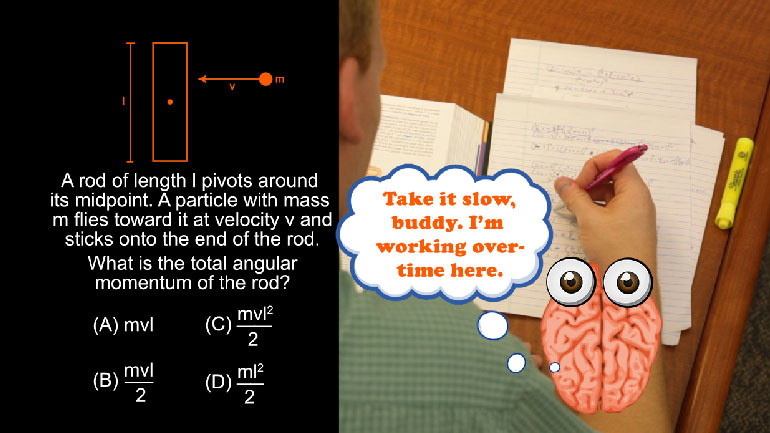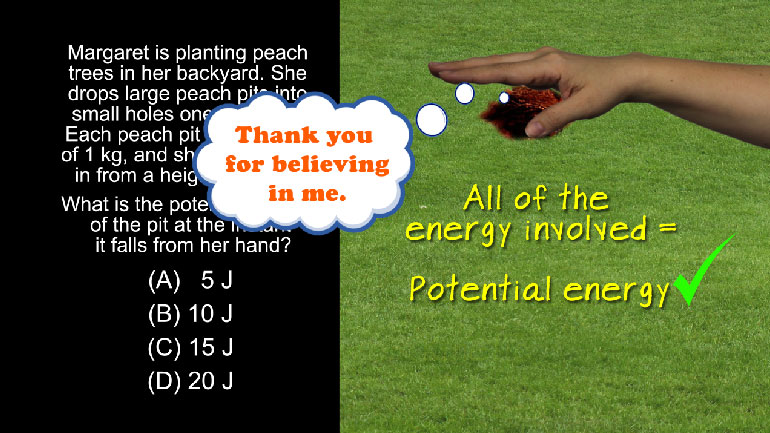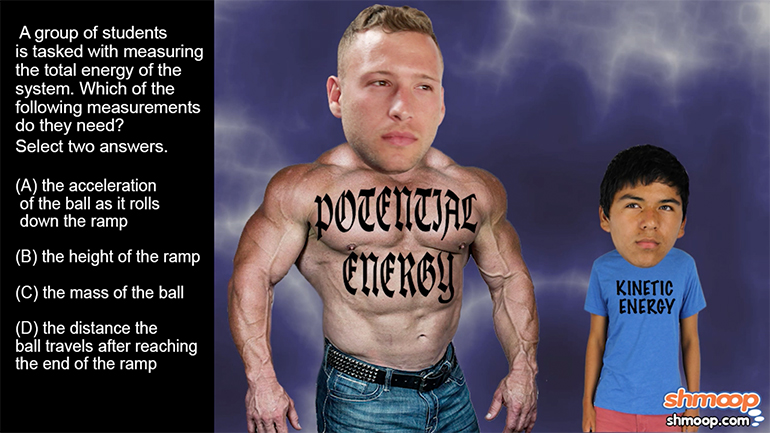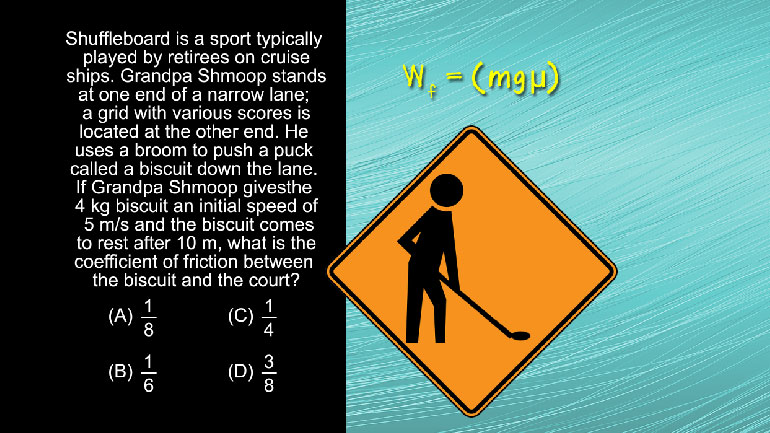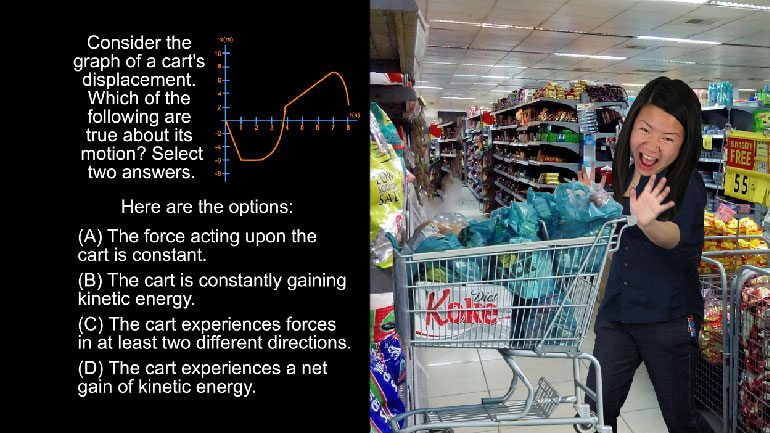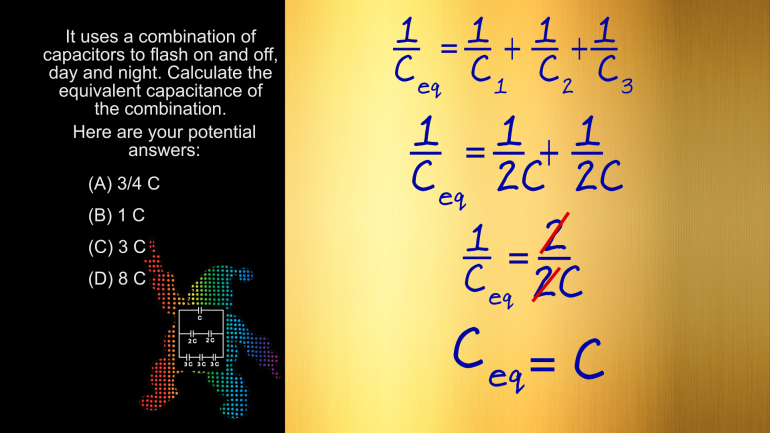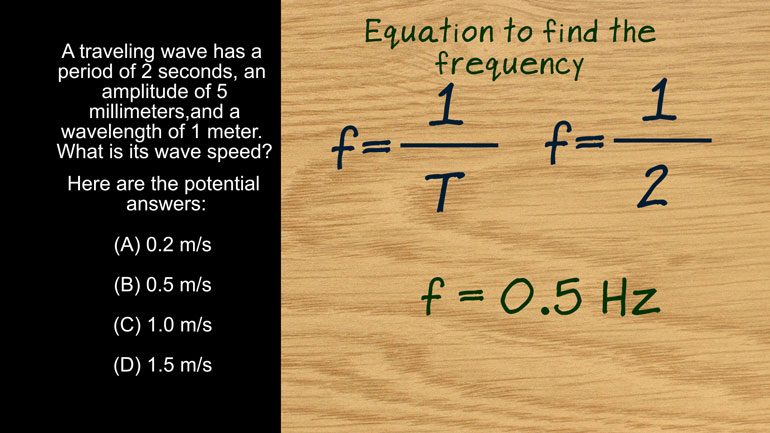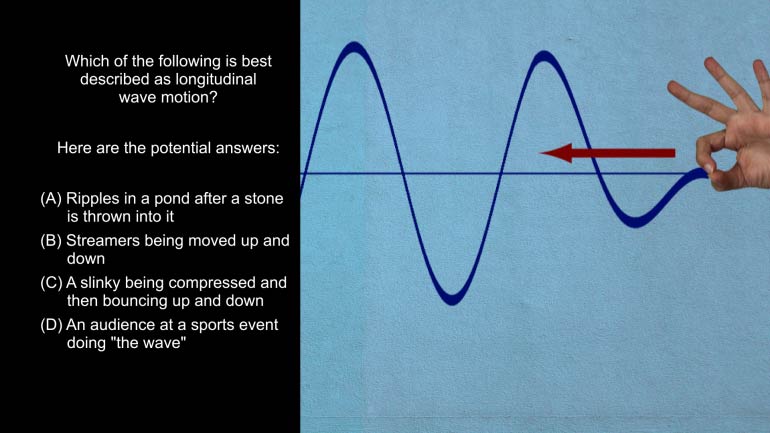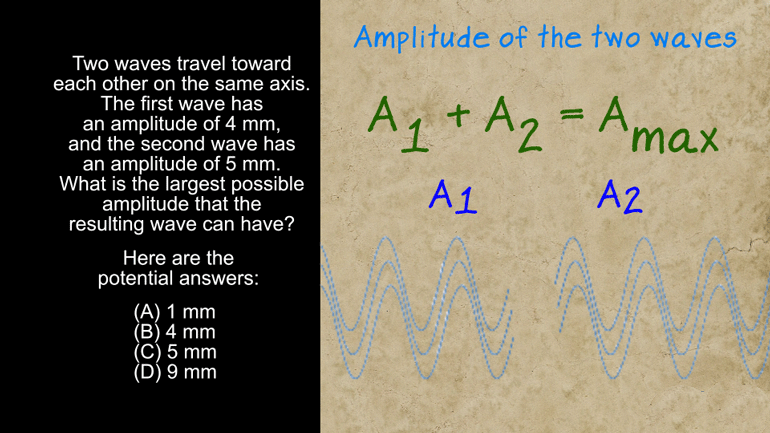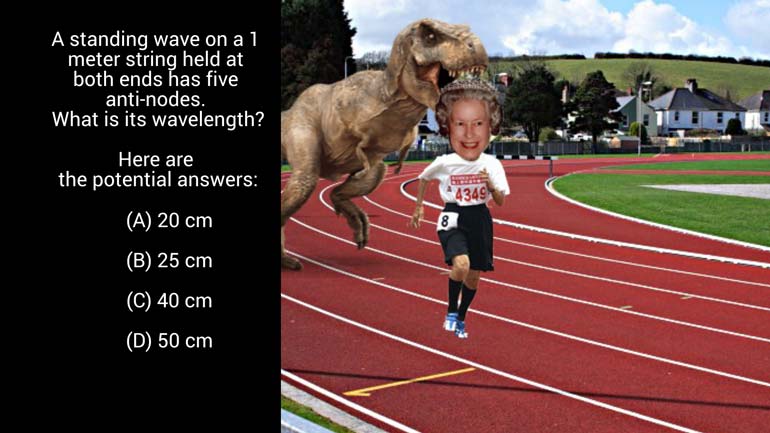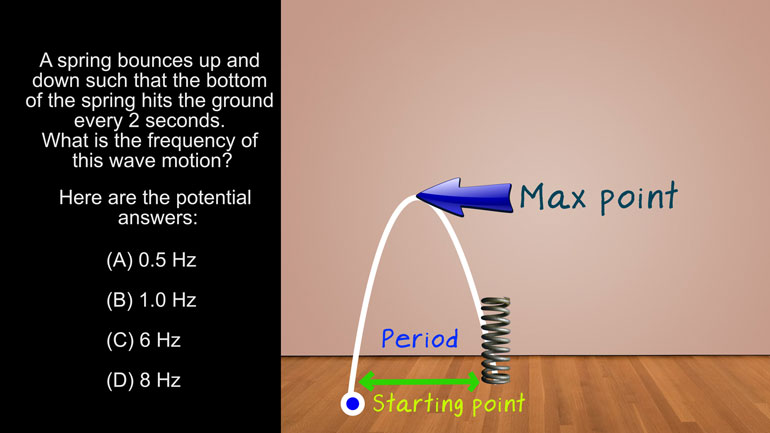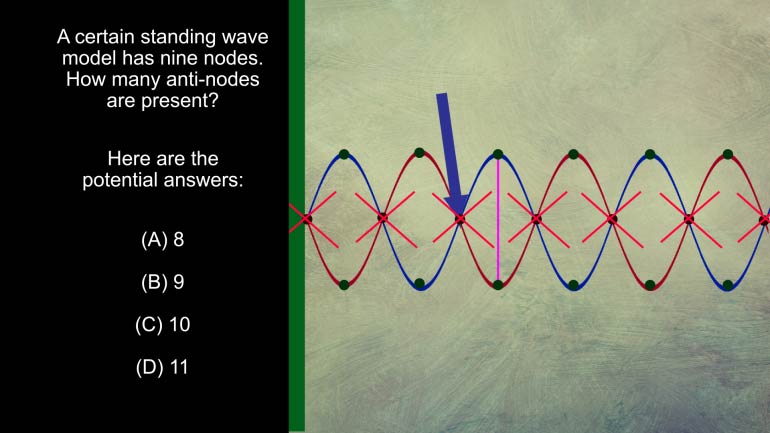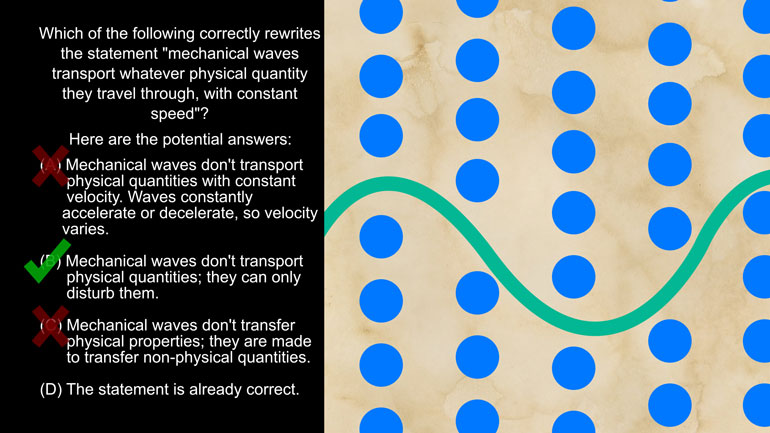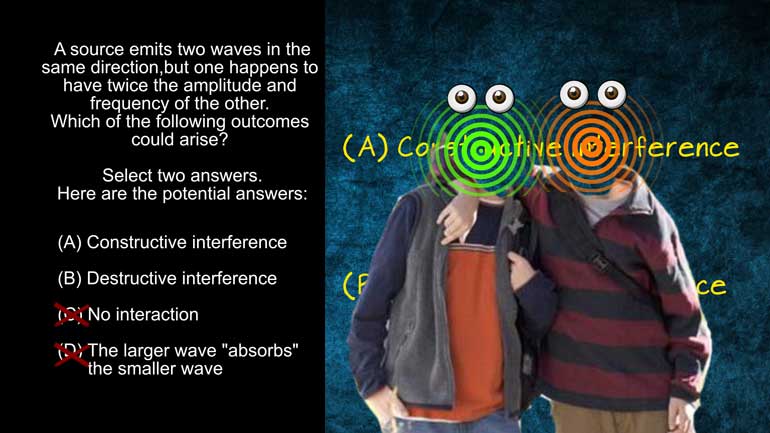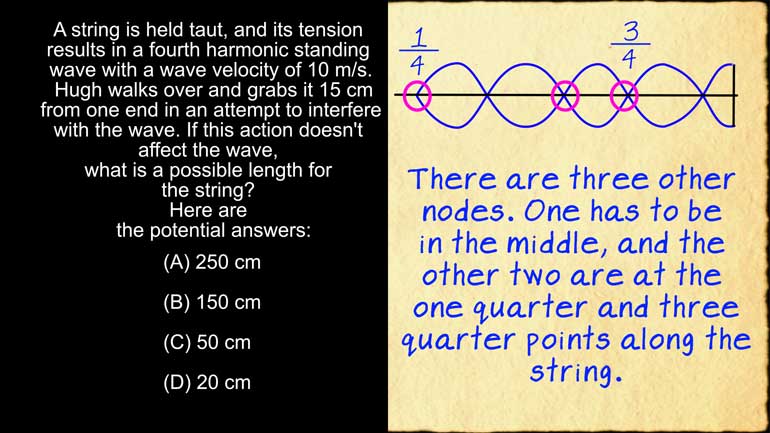ShmoopTube
Where Monty Python meets your 10th grade teacher.
Search Thousands of Shmoop Videos
AP Physics 1 Videos 86 videos
AP Physics 1: 1.4 Waves. Which of the following is technically true for Max as he stands at the edge of oblivion?
AP Physics 1: 1.4 Changes and Conservation Laws. Find the current across R2.
AP Physics 1: 2.4 Changes and Conservation Laws. Which of the following circuits should the students use?
AP Physics 1: 1.3 Changes and Conservation Laws 263 Views
Share It!
Description:
AP Physics 1: 1.3 Changes and Conservation Laws. How fast is the particle falling at the instant before it hits the ground?
Transcript
- 00:00
Thank you We sneak and here's your shmoop too sure
- 00:05
brought to you by falling objects The story goes that
- 00:08
isaac newton discovered universal gravity when an apple conked him
- 00:11
on the head But the real question is was it
- 00:13
red or was it green All right a particle slides
Full Transcript
- 00:16
down a ramp and she tours on only often adds
- 00:18
it is twenty meters tall if it's moving it twenty
- 00:22
five meters a second in ways fifteen kilograms is it
- 00:24
shoots off the edge How fast is it falling at
- 00:28
the instant before it hits the ground right near the
- 00:31
potential answers All right well just be interesting So how
- 00:34
do we combine the horizontal speed of an object with
- 00:37
its vertical speed from gravity to find out how fast
- 00:40
it's falling thinking about terminal velocity here Well actually we
- 00:44
don't combine them at all It doesn't matter how fast
- 00:47
an object moves for izon aly the acceleration of gravity
- 00:51
is a constant downward force They'll consider this if a
- 00:55
bullets fired from a gun on a perfectly horizontal plane
- 00:58
and at the same time a bullet drops from a
- 01:00
hand at the same height as the gun Both bullets
- 01:03
Will hit the ground at the exact same instant Pretty
- 01:07
cool huh Yeah So let's address this question by first
- 01:11
looking at the potential energy of the particle Potential energy
- 01:15
remember equals mass times gravity times height All right well
- 01:21
when we plug our numbers into that equation we see
- 01:24
that the potential energy of this particle at the moment
- 01:27
it leaves the ramp is three thousand jewels So speaking
- 01:31
gravitationally the total mechanical energy at the moment the particle
- 01:34
leaves the ramp is three thousand jewels After all mechanical
- 01:37
energy equals potential energy plus kinetic energy And at the
- 01:41
very instant the particle leaves the ramp it hasn't started
- 01:44
falling yet So the kinetic energy is zero So what
- 01:48
will the kinetic energy be right before the particle hits
- 01:50
the ground Well at that point there will be no
- 01:53
more potential energy So if the total mechanical energy of
- 01:56
this system is three thousand jewels and the potential energy
- 01:59
is zero then the kinetic energy will have to be
- 02:02
three thousand jewels We have to remember the formula for
- 02:05
kinetic energy which is kinetic energy equals one half mass
- 02:08
times velocity squared right here saying wake unplugging our numbers
- 02:12
and solve for velocity Well three thousand jewels equals one
- 02:15
half times fifteen kilograms Times velocity squared little algebra and
- 02:20
we'll see that the velocity is twenty meters a second
- 02:23
So the correct answer is option a When dealing with
- 02:25
falling objects potential energy is pretty much always involved Remember
- 02:28
how to calculate it and remember how it relates to
- 02:31
connecticut and mechanical energies but leave falling objects to theoretical
- 02:35
problems In the real world they tend to cause issues 00:02:38.733 --> [endTime] now
Related Videos
AP Physics 1: 2.5 Changes and Conservation Law. At what point(s) in this situation is energy lost in any form?
AP Physics 1: 1.4 Waves. Which of the following is technically true for Max as he stands at the edge of oblivion?
AP Physics 1: 1.4 Changes and Conservation Laws. Find the current across R2.
AP Physics 1: 2.4 Changes and Conservation Laws. Which of the following circuits should the students use?
AP Physics 1: 1.5 Waves. What can possibly occur when the two waves reach each other?
